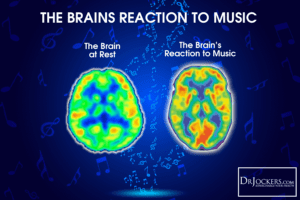Several support group members have asked for more information on the DaTscan imaging tool. Listed below is a summary describing what a DaTscan is, why and when it may be used by physicians, and a bit about the process involved in performing a DaTscan on a patient exhibiting some symptoms of PD.
“In cases where the expert is not sure of the diagnosis – is it essential tremor or Parkinson’s, for example– or where a potentially risky procedure is being considered (e.g. deep brain stimulation surgery), it is reasonable for your doctor to recommend a DaTscan. For a person with classic motor symptoms (tremor, slowness, stiffness) who benefits from treatment with medication, the diagnosis is already made. Unless the disease progresses in a way that calls the diagnosis into question, DaTscan is likely unnecessary.” (Okun, 2012)
The procedure is as follows: the patient receives an injection given via IV of the imaging agent, and will need to wait 3-6 hours for the body to absorb the compound. “The substance “tags” a part of a neuron in the brain where dopamine attaches to it, something called the dopamine transporter (DaT), showing the density of healthy dopamine neurons” (Okun, 2012). Next, the compound is visualized by a gamma camera, and the areas of the images captured that then “light up” symbolize more surviving brain cells. If the parts of the brain where dopamine cells should be remains dark instead, an expert reader may diagnose early brain degeneration. This could mean either Parkinson’s disease or parkinsonism. The side effects of a DaTscan are minimal (e.g. injection site pain, headache, dizziness, nausea, dry mouth, hives and skin rash).
“DaT/SPECT scans examine the “function” of the brain rather than its anatomy. This is an important point because unlike in strokes and tumors, the brain anatomy of a Parkinson’s disease patient is largely normal. These scans can show changes in brain chemistry, such as a decrease in dopamine, which identify Parkinson’s disease and other kinds of parkinsonism” (Okun, 2012).
Finally, a determination will be made as to the severity of the brain cell loss. But patients and their families need to be aware that these scans cannot reliably separate Parkinson’s disease from parkinsonism (multiple system atrophy- MSA, corticobasal degeneration, progressive supranuclear palsy- PNP). “The DaTscan is presently being used as a tool to determine if dopamine degeneration is present, suggestive of a diagnosis of PD, MSA, PSP, or other variants,” (Seifert & Wiener, 2013). Interpretations are not clear cut, and once a scan is determined to be normal or abnormal, the expert will determine if the scan follows the pattern of Parkinson’s disease.
References

Recent Comments